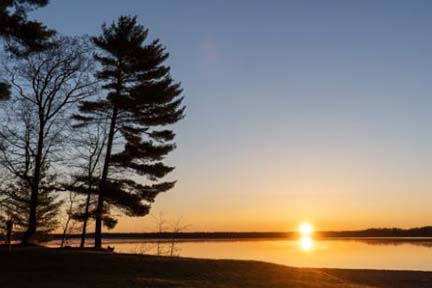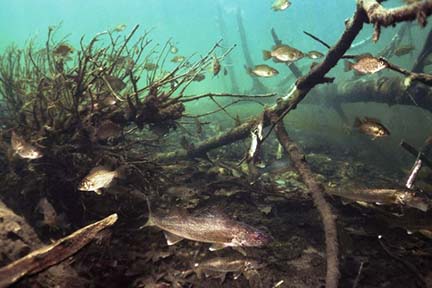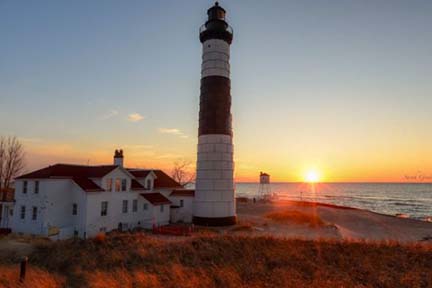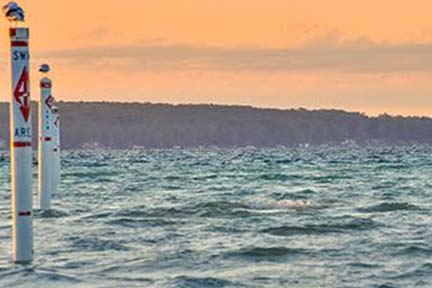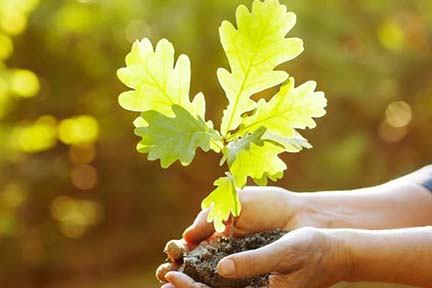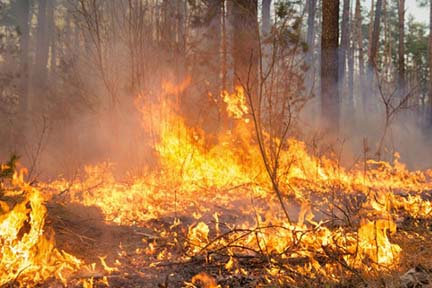 Sept. 27, 2024 Sept. 27, 2024
Parks, fisheries, forestry and more on the agenda for DNR’s October meetings
Interested in trails? Here’s your chance to serve on DNR trails advisory workgroup
The Department of Natural Resources is committed to providing Michigan residents the opportunity to share input and ideas on policy decisions, programs and other aspects of natural resource management and outdoor recreation opportunities.
One important avenue for this input is at meetings of the public bodies that advise the DNR and, in some cases, also set policies for natural and cultural resource management. Frequently check the DNR boards, commissions, committees and councils webpage for updates.
The links below will take you to the webpage for each group, where you will find meeting details such as location and agenda (when finalized). Please check these pages often, as meeting details may change and sometimes meetings are canceled.
October meetings
- Belle Isle Park Advisory Committee – Thursday, Oct. 17, 9 a.m. (Contact: Barbara Graves, 517-284-6135).
- Board of Foresters – Thursday, Oct. 10, 11 a.m. (Contact: Brenda Haskill, 989-370-9557).
- Lake Huron Citizens Fishery Advisory Committee – Monday, Oct. 7, 10:30 a.m. (Contact: Doug Schultz, 989-590-9073).
- Lake Michigan Citizens Fishery Advisory Committee – Wednesday, Oct. 9, 10:30 a.m. (Contact: Jay Wesley, 269-204-7057).
- Forest Management Advisory Committee – Wednesday, Oct. 16, 1 p.m. (Contact: Kimberley Korbecki, 517-582-3204).
- Lake Superior Citizens Fishery Advisory Committee – Wednesday, Oct. 2, 6:30 p.m. (Contact: Dave Caroffino, 231-350-8654).
- Michigan Natural Resources Commission – Thursday, Oct. 10, 8 a.m. Coffee with the Commissioners; 9 a.m. meeting (Contact: NRC@Michigan.gov).
- Michigan Natural Resources Trust Fund Board – Wednesday, Oct. 16, 9 a.m. (Contact: Jon Mayes, 517-284-5954).
- Michigan State Parks Advisory Committee – Wednesday, Oct. 16, 2 p.m. (Contact: Barbara Graves, 517-284-6135).
- Michigan State Waterways Commission – Friday, Oct. 4, 9 a.m. (Contact: Michelle Wieber, 517-285-0747).
- Nonmotorized Advisory Workgroup – Thursday, Oct. 17, 10 a.m. (Contact: Annalisa Centofanti, 517-331-6219).
- Northern Inland Lakes Citizens Fishery Advisory Committee – Friday, Oct. 18, 11 a.m. (Contact: Neal Godby, 231-340-2621).
- Off-road Vehicle Advisory Workgroup – Wednesday, Oct. 30, 1 p.m. (Contact: Annalisa Centofanti, 517-331-6219).
- Pigeon River Country Advisory Council – Thursday, Oct. 17, 5 p.m. (Contact: Mark Monroe, 989-983-4101).
- Timber and Forest Products Advisory Council – Friday, Oct. 18, 8:30 a.m. (Contact: Kimberley Korbecki, 517-582-3204).
- Tribal Co-management Citizens Fishery Advisory Committee – Tuesday, Oct. 29, 6:30 p.m. (Contact: Dave Caroffino, 231-350-8654).
- Upper Au Sable River Citizens Fishery Advisory Committee – Tuesday, Oct. 22, 9 a.m. (Contact: Matt Klungle, 989-889-4832).
- Upper Peninsula Citizens Advisory Councils – Joint meeting of Eastern U.P. Citizens Advisory Council and Western U.P. Citizens Advisory Council – Wednesday, Oct. 9, 3 p.m. EDT (Contact: Stacy Welling Haughey, 906-226-1331).
Apply by Oct. 30 to serve on trails workgroup
The DNR also is seeking applications for an opening on the Nonmotorized Advisory Workgroup, which consists of nine people each serving four-year terms and contributing as volunteers (travel expenses to and from meetings are eligible for reimbursement). The group works closely with the Michigan Trails Advisory Council, providing advice to the DNR on the creation, development, operation and maintenance of the state’s nonmotorized trails system. The workgroup meets quarterly at varying locations around the state.
Online applications will be accepted through Oct. 30. Questions? Email DNR-Trails@Michigan.gov. |
